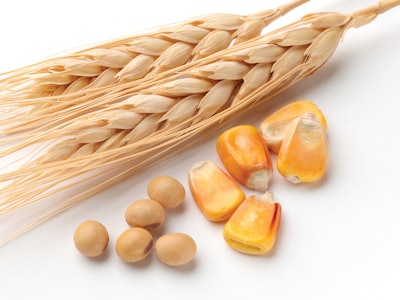
svengine | iStock
The North American grain elevator and processing industry is facing another challenging year in 2023. Labor shortages, technology shifts, grain transportation issues, geopolitical crises and upcoming regulations all have impacts on the current state of the industry.
Log in to view the full article
Subscribe to Magazine
